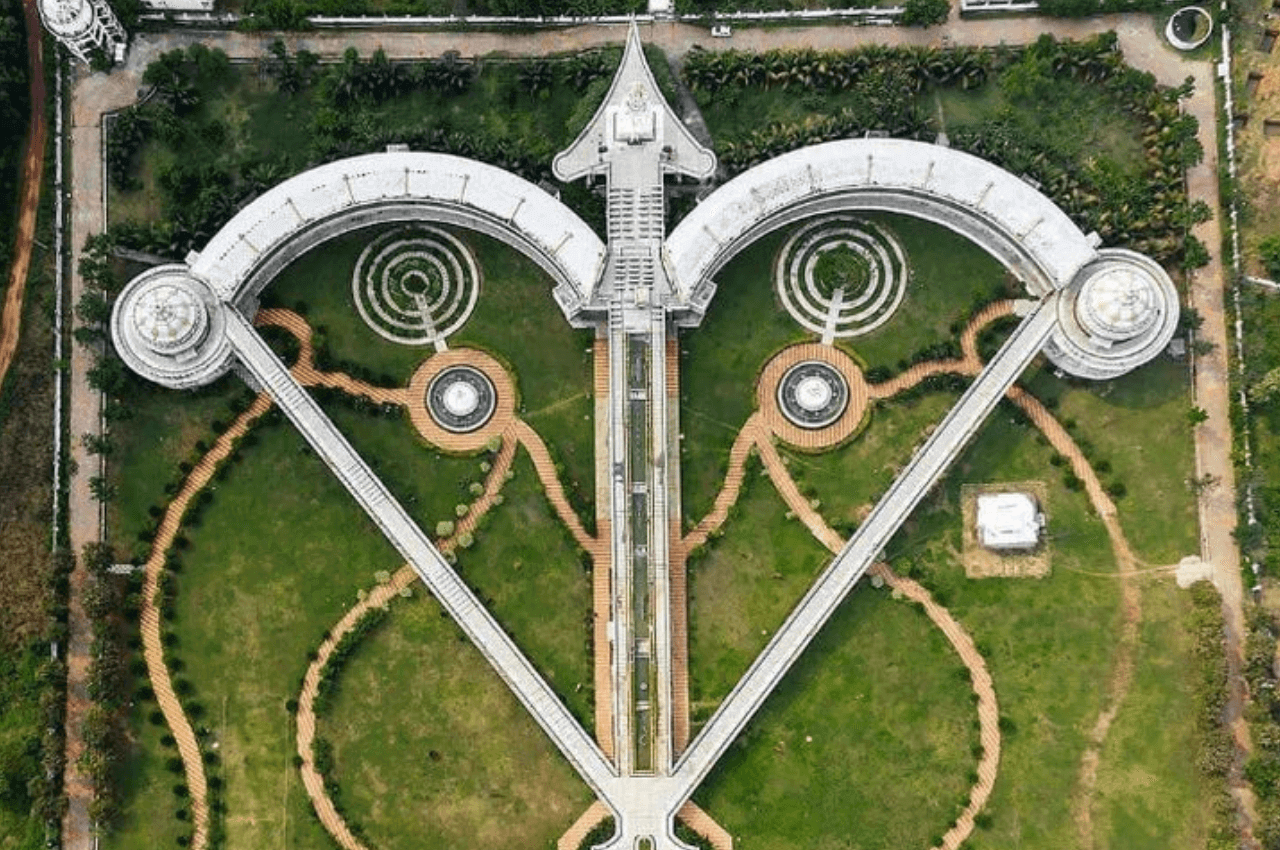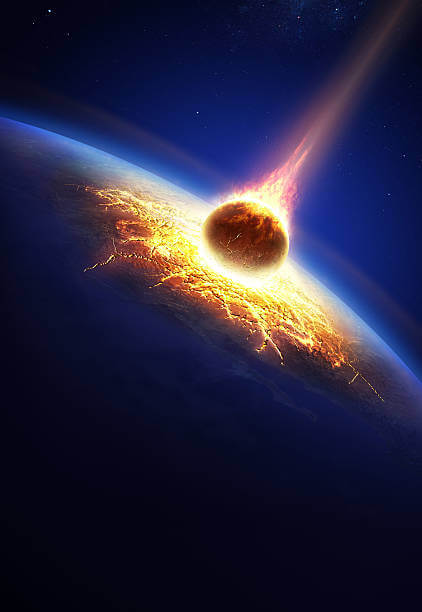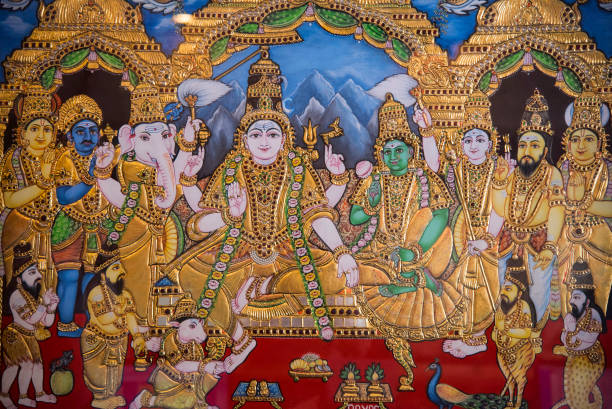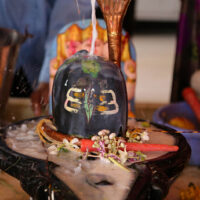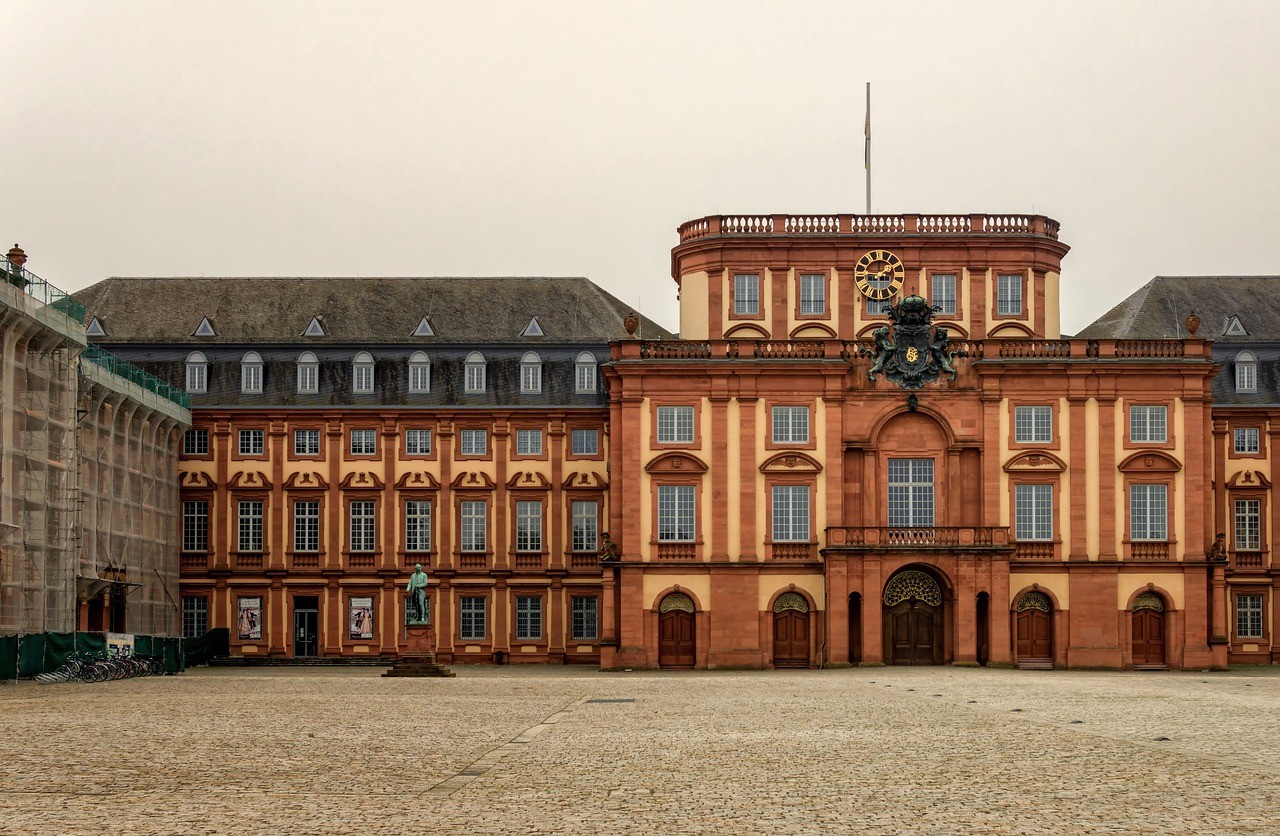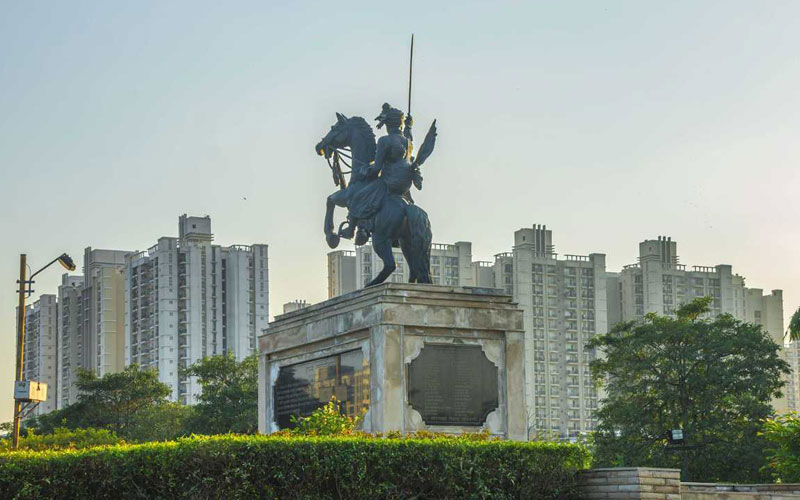The one who never to school for examines ‘Shakuntala Devi’ – was an Indian mathematician, author, mental adding machine, prevalently known as “HUMAN-COMPUTER”. Human Computer of India
ABOUT EARLY LIFE
Shakuntala Devi was brought into the world on 4 November 1929 in Bangalore, Karnataka to a Kannada Brahmin family. Her dad, C V Sundararajan Rao, worked as an acrobat, lion tamer, tightrope walker, and performer in a carnival.
As Shakuntala Devi was known for her capacity to perform extensive computations in her mind Swifty, at 3 years old her dad found that she had an astounding potential to retain numbers. Directly at the age of six, Shakuntala Devi demonstrated her math abilities at the University of Mysore. DEVI HOLDS THE GUINNESS WORLD RECORD FOR “Quickest HUMAN COMPUTATION” Human-Computer of India
In 1980, she effectively duplicated two 13-digit numbers in only 28 seconds at Imperial College, London. The accomplishment, likewise remembered for her tribute, procured her a spot in the 1982 release of the Guinness book of world records. It was much more momentous because it incorporated the time, it took to recount the 26 digits arrangement. ( The number chose aimlessly by a PC, we’re 7,686,369,774,879 and 2,465,099,745,779. The appropriate response was 18,947,668,177,995,426,462,773, 730.
Mental Calculations.
Devi traveled to different countries around the world to display her arithmetic talent. She went to Europe all around in 1950 and was in New York City in 1976. In 1988, went to the United States of America to have her potential considered by Arther Jensen, a professor of educational psychology at the University of California, Berkeley. Jensen checked her through many tasks, as well as tested her calculation of large numbers. Some examples of the problems were presented to Devi included calculating the cube root of 61,62987 and the seventh root of 170,859,375. Jensen gave the result that Devi provided the solution to the above-mentioned problem (395 and 15, respectively) before Jensen could copy them down in his notebook. And then also Jensen printed his discovery in the academic journal Intelligence in 1990.
Shakuntala Devi discussed many steps she utilized to do the mental calculation in her 1977 book figuring: The joy of Numbers.
BOOK ON HOMOSEXUALITY
The first published academic study of homosexuality “The World of Homosexuals” was written by Shakuntala Devi in 1977, for which she was criticized. In the documentary. “For straights only” she explained that why she was so engrossed in the topic was because of her marriage to a homosexual man and her aspiration to look at homosexuality more directly to understand it.
DEVI’S GUINNESS WORLD RECORD FOR “FASTEST HUMAN CALCULATION
In 1980, she accurately multiplied two 13-digit numbers in just 28 seconds at Imperial College London. The coup, also included in her eulogy, earned her a place in the 1982 edition of the Guinness book of world records. It was more extraordinary because it included the time, it took to quote the 26 digits solution (The number selected at random by a computer were 7,686,369,774,879 and 2,465,099,745,779. The answer was 18,947,668,177,995,426,773,730.
SHE APPLIED HER MATHEMATICAL STRENGTH TO A PURSUIT OF ASTROLOGY.
Maybe because she was intrigued with numbers Devi took a shot at crystal gazing, which is profoundly venerated in India. She visited the, as indicated by a Times article, seeing up to 60 customers in a day. They would give her a date of birth, the season of birth, and origination and she would respond to three inquiries concerning their lives. She additionally composed a book called “Crystal gazing for you”
